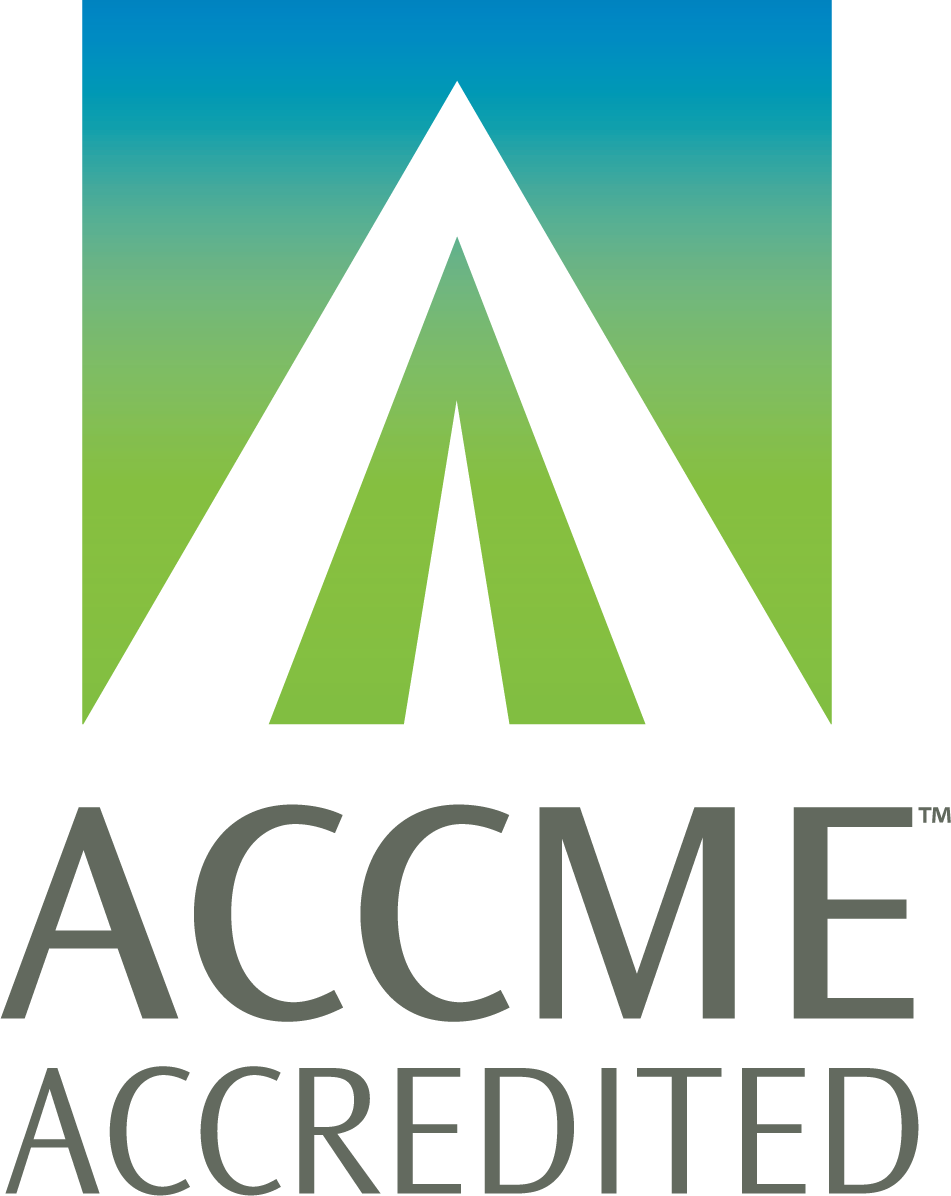 Video Courses
Video Courses Video Courses
Video Courses
In this course, we review cardiac anatomy relevant to the ECG diagnosis of cardiac chamber enlargement. We teach you how to apply ECG criteria which allow identification of the presence of right and left ventricular hypertrophy or dilatation. We teach you the ECG criteria employed to detect right and left atrial hypertrophy or dilatation. We explain the term ‘atrial abnormality’ in the context of these criteria. We discuss the limitations of ECG criteria in detecting cardiac chamber enlargement. We explain the origin of ST segment and T wave abnormalities in the presence of left ventricular hypertrophy. We illustrate important ECG findings observed in left ventricular hypertrophy which can mimic STEMI.
Planner and Author: Dr John Seery MB PhD
Planner: Dr Karen Strahan PhD (University of Cambridge), Head of Editorial
Planner: Tommy O'Sullivan, CME Manager
2.0 hours
Upon successful completion of this activity, you will be able to:
30-JUL-2023
30-JUL-2026
Participants must complete the online activity during the valid period as noted above.
Follow these steps:
Acadoodle adheres to the ACCME's Standards for Integrity and Independence in Accredited Continuing Education. Any individuals in a position to control the content of a CE activity, including faculty, planners, reviewers or others are required to disclose all relevant financial relationships with ineligible entities (commercial interests). All relevant conflicts of interest have been mitigated prior to the commencement of the activity.
Planners and faculty for this activity have no relevant financial relationships with commercial interests to disclose.
Reichek N and Devereux RB. Left Ventricular Hypertrophy: Relationship of Anatomic, Echocardiographic and Electrocardiographic Findings. Circulation. 1981;63:1391-98.
https://www.ahajournals.org/doi/pdf/10.1161/01.CIR.63.6.1391
Okin PM et al. Combining ECG Criteria for Left Ventricular Hypertrophy Improves Risk Prediction in Patients with Hypertension. J Am Heart Assoc 2017;6(11):e007564
https://www.ncbi.nlm.nih.gov/pmc/articles/PMC5721804/pdf/JAH3-6-e007564.pdf
Buchner S et al. Electrocardiographic diagnosis of left ventricular hypertrophy in aortic valve disease. Evaluation of ECG criteria by cardiovascular magnetic resonance. J Cardiovasc Magn Reson. 2009;11(1): doi: 10.1186/1532-429X-11-18.
https://www.ncbi.nlm.nih.gov/pmc/articles/PMC2696426/
Tsao CW et al. Accuracy of electrocardiographic criteria for atrial enlargement: validation with cardiovascular magnetic resonance. J Cardiovasc Magn Reson. 2008: 10(1):1-11.
https://link.springer.com/content/pdf/10.1186/1532-429X-10-7.pdf
Thiry PS et al. A Mechanism for the Electrocardiogram in Response to Left Ventricular Hypertrophy and Acute Ischaemia. Circ Res. 1975;36:92-104.
https://www.ahajournals.org/doi/pdf/10.1161/01.RES.36.1.92
Birbeck JP et al. P wave morphology correlation with left atrial volumes assessed by 2-dimensional echocardiography. J Electrocardiol. 2006;39:225-9.
Lee KS et al. Relation of electrocardiographic criteria for left atrial enlargement to two-dimensional echocardiographic left atrial volume measurements. Am J Cardiol. 2007;99:113-8.
Sokolow M and Lyon TP. The ventricular complex in left ventricular hypertrophy as obtained by unipolar and limb leads. Am Heart J. 1949;37:161-86.
Bateman RD and January LE. The precordial electrocardiogram in mitral regurgitation. Am J Med. 1955;18:415-18.
Van Den Hoogen JPH et al. Reproducibility of electrocardiographic criteria for left ventricular hypertrophy in hypertensive patients in general practice. Eur Heart J. 1992: 13; 1606-1610.
Okin PM et al. Relationship of the Electrocardiographic Strain Pattern to Left Ventricular Structure and Function in Hypertensive Patients: the LIFE Study. J Am Col Cardiol. 2001;38: 514-20.

Acadoodle, Ltd is accredited by the Accreditation Council for Continuing Medical Education (ACCME) to provide continuing medical education for physicians.
Acadoodle, Ltd designates this enduring material activity for a maximum of 2.0 AMA PRA Category 1 Credits™. Physicians should claim only the credit commensurate with the extent of their participation in the activity.
DisclaimerPrivacy PolicyTerms of UseData Deletion© Acadoodle 2026